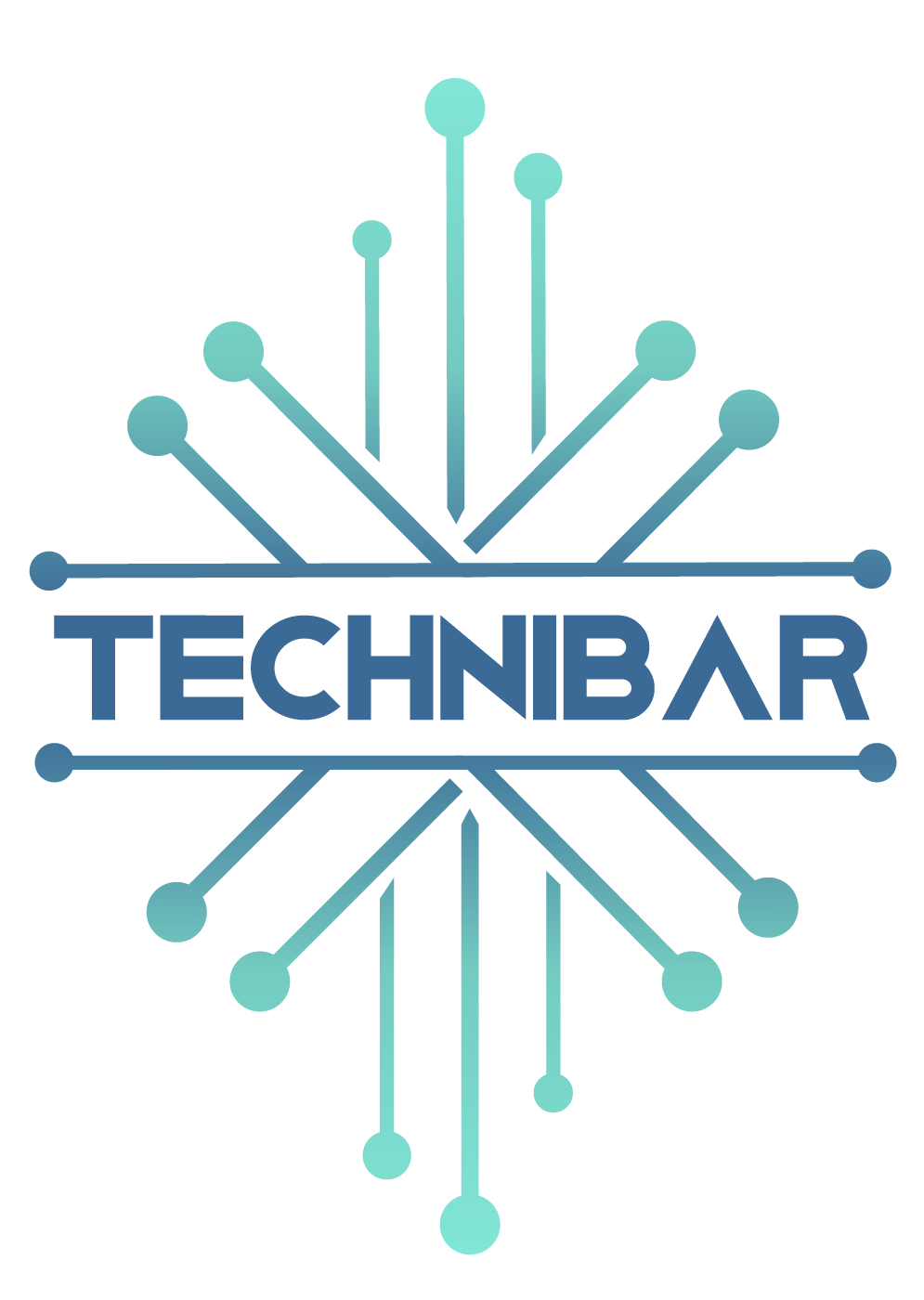Artificial Intelligence is one of most revolutionary technology of the 21st century. From self-driving cars right through to natural language processing, from predictive analytics to healing, AI is changing industries at a pace across the world. However, what makes AI even more compelling and impactful is its categorization as a general purpose technology (GPT). This article discusses AI with regard to GPT, its impact on different areas, and innovative possibilities for society.
What is a General-Purpose Technology?
A general purpose technology is therefore, a technological invention that has positive effects on many sectors hence positive economical, societal and cultural transformations. These technologies not only are broadly applicable across many industries and purposes but act as the underpinning infrastructures that augment performance across competitory industries. Some of the past forms of GPTs include steam engine electricity, and internet. All of these technologies have universal uses and affected the structure, economy, and even the day-to-day life of society.
AI carries the same ability to bring about change across many domains and given the extend of its applicability, AI qualifies to be a GPT. In comparison to business technologies that are designed to address one or more functional areas, they are adaptive since they are AI-based. AI can be integrated in several fields like, health, finance, production, logistics and entertainment industries since these fields will exist too benefit from the services provided by AI.
Key Characteristics of AI as a General-Purpose Technology
- Versatility and Scalability: The processes that can be impacted by AI are incalculable and can occur in almost any field of work. It can be utilised in healthcare to form diagnostic tools, prescribe the most appropriate therapy and expected outcomes of the patient. In the case of industries, AI can change supply chain, production quality, and production requirements. Because of that characteristic, it could be used in practically every domain possible.
- Interdisciplinary Impact: AI techniques operate and interconnect in various fields, forming overlaps in industries. For instance, machine learning in agriculture may be to enhance on food production while in environmental science for climate change analysis. Such connection fosters vertical innovation and makes it possible for companies and industries to start providing new services or products that were not existing in the market before.
- Complementing Human Capabilities: AI doesn’t work the way most traditional tools do, in fact, it does not swap out human labor. It complements human skills; it helps people to attend to more fundamental tasks. In finance, like in many other domains, AI can assist analysts in generating sufficient parameters, which in their aggregate can present material that has never been seen before. In the creative industry, artificial intelligence software helps to create new art, music and even write texts, being a co-partner to creativity.
- Exponential Growth and Network Effects: It is important to note that the use of GPTs creates network externalities, meaning the given technology is rendered more useful with each successive implementation. The cause and effect relationship is that as AI systems are implemented the more data the systems can gather which enhances the models and the algorithms. AI just like human learning gets wiser through a more expansive set of data and provides more value as time increases.
AI’s Influence Across Various Sectors
- Healthcare: AI is changing the face of healthcare because of the advanced diagnosis, new treatment models and caring for the patients. Thanks to the application of such equally effective and challenging algorithms as a machine learning, delicate diagnoses of different diseases – from cancer and heart diseases to neurological disorders – are possible, often meeting or even surpassing the abilities of a human doctor. In addition, there are opportunities for increase in speed of the drug discovery and development by the means of AI technology.
- Transportation: In the transportation sector, the change is enormous and is being facilitated by development of artificial intelligence. Automated transport systems including cars, trucks, drones, and other related systems are expected to make the difference cutting down on accidents, enhancing efficiency and redesigning transport both for goods and persons globally. AI is also being used in the improvement of the traffic flow hence improving on the congestion and the emissions in urban areas.
- Manufacturing and Automation: AI is poised to lead the fourth industrial revolution of manufacturing industry inasmuch as it has already done that in many other industries. These include predictive maintenance, smart robots, vector base optimization of supply chain logistics to enhance productivity and cut costs. Real-time production data is also utilized in the algorithms to ensure that alterations to the efficiency of production and standards can be readily implemented.
- Finance and Banking: Using AI in finance under a business organization will change how it deals with the transactions, customers, risk and fraudulent activities. RoBo advisors are in existence today meaning that the public can get artificial intelligent-based financial advice at a large scale. Others are also improving algorithmic trading thanks to AI the capability of dissection of market data.
- Retail and Consumer Services: Here it should be noted that current AI technologies have tremendous potential in retail because it can facilitate individual sales approaches, dynamic pricing, and accurate predictions of stock demand. Website suggestion features rely on AI to recommend products based on the customer’s web history while real shops use AI on managing stock levels and making check-out lines self-serve.
- Education: AI is especially useful to help teachers cater to students needs and preferences in learning. In adaptive learning systems the choice of speed and pattern of learning can vary and with the help of the opportunity in this question, education becomes more convenient and efficient. AI also assist educators in that it can perform chores like marking which saves time thus allow educators to focus more.
Challenges and Ethical Considerations
AI being a disrupting technology, just like any other GPT has some problems and ethical issues to accompany it. Some of the key concerns include:
Job Displacement: It has been observed that with the help of integration of AI into work processes, productivity among people is likely to be increased, however, the downside of this concept seems to be in fear in forms of automation and its resultant AI based work processes leading to unemployment of people involved in manufacturing industries, customer relations, transportation and other such industries. They need to relocate their efforts for upskilling and training of any resultant workforce malaise.
Bias and Fairness: AI systems are capable of reinventing biases and even multiplying them as they are developed from biased data sets. It is even more worrisome where the outcome of the test takes a lifetime of change as a verdict such as in criminal justice, health and employment.
Privacy and Security: AI is based on the big volume of data, for this reason, it causes a problem of the data’s confidentiality. With the increasing use of AI systems in modern societies there is a growing demand for reliable data protection.
Regulation: There, it was established that there exist deficiencies of regulation for the rapid development of AI technology. Several governments will therefore require coming up with policies that will allow for the advancement of ai and at the same time promote the use of ai in responsible manner.
AI as a General Purpose Technology and its Future
Because AI is a general-purpose technology, its impact is only in its early stages. That is why thanks to the development of Artificial Intelligence deeper changes in society are expected. Thus, when combining AI with other new technologies like quantum technologies, blockchains, and biotechnologies, new practical applications will appear. Together this promises solutions to some of the biggest problems facing society today, from global warming to variation in health care access.
As such, for the real value of AI to be realised, the development of will require input from governments, corporate organisations, academic institutions and other players in society. In this regard, AI can be positive in the way that it brings about adherence to ethical practices, and promotes transparency while offering education, and putting efforts for improving the work force.
Conclusion
AI is not simply an application, but it is a general-purpose technology promoting changes on an industrial level, economic growth, and people’s well-being globally. Thus, as we start a new AI Armoury year, let us be saying ‘stay safe out there, learn how best to use AI’ as we strive towards developing a common good and ensuring that the AI technology remains useful, helpful and safe for everyone.








